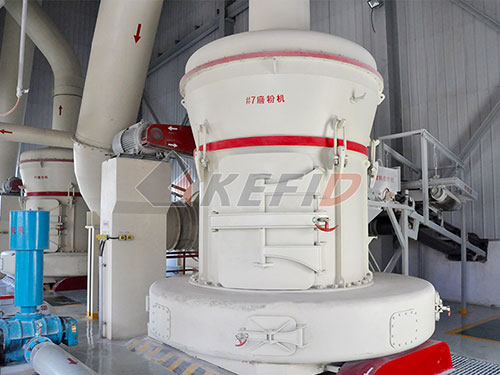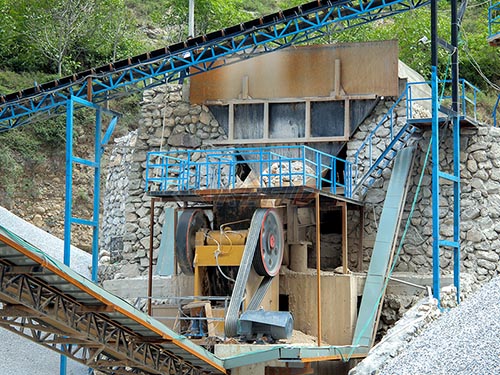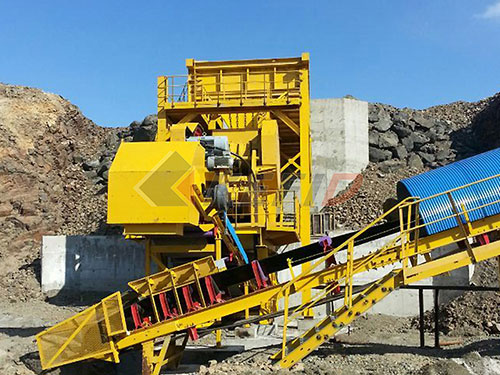The Unseen Architect: The Gravel Crusher Foreman in British Columbia’s Industrial Backbone
British Columbia, a province defined by its staggering natural beauty – rugged coastlines, towering mountains, and vast forests – rests upon a foundation less celebrated but equally vital: aggregate. Crushed gravel, sand, and stone form the literal bedrock of modern civilization within BC. They are the essential ingredients in concrete for skyscrapers in Vancouver and Victoria, the base layers for highways snaking through the Rockies and connecting remote communities, the ballast supporting railway lines carrying resources to port, and the foundational material for countless residential developments. And at the heart of transforming raw rock into this indispensable resource stands a critical figure: the Gravel Crusher Foreman.
This role is far more than just overseeing machinery; it represents a complex nexus of technical expertise, unwavering safety leadership, logistical mastery, personnel management, and environmental stewardship. Operating often in remote locations amidst challenging conditions – dust, noise, vibration, extreme weather – the Gravel Crusher Foreman is the indispensable orchestrator ensuring BC’s construction engine keeps turning. To understand BC’s built environment is to recognize the pivotal contribution of these unsung industrial leaders.
The Crucible: BC’s Aggregate Landscape
BC’s geography dictates its aggregate industry. Sources are diverse:
1. Pit Operations: Extracting sand and gravel from glacial deposits in valleys and plains (e.g., Lower Mainland Fraser Valley deposits).

2. Quarry Operations: Blasting and processing hard rock (granite, basalt) from mountainous terrain common throughout the Interior and Coast.
3. Marine Aggregates: Dredging sand and gravel from designated seabed locations (subject to stringent environmental regulations).

Each source presents unique challenges related to geology (rock hardness, abrasiveness), location (accessibility, proximity to markets), environmental constraints (water bodies, wildlife habitat), and community relations (noise, dust mitigation near populated areas). The crusher foreman must intimately understand these site-specific nuances.
The demand driver is relentless: major infrastructure projects like Site C Dam expansions or highway upgrades (e.g., Trans-Canada Highway twinning), burgeoning urban development across Metro Vancouver and Kelowna/Vernon corridors requiring vast quantities of concrete aggregates plus base materials for foundations/roads/subdivisions all depend on consistent high-volume aggregate supply.
The Role Defined: Master of Mechanics & Men
The Gravel Crusher Foreman is fundamentally responsible for one overarching objective: the safe, efficient

Leave a Reply